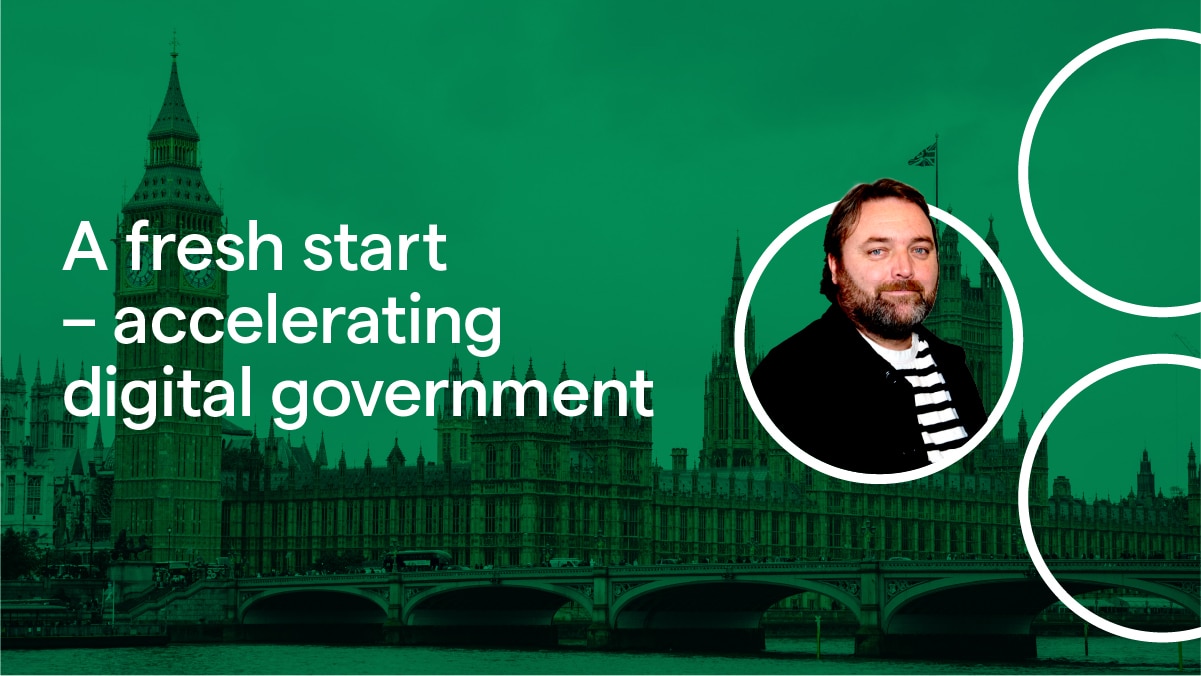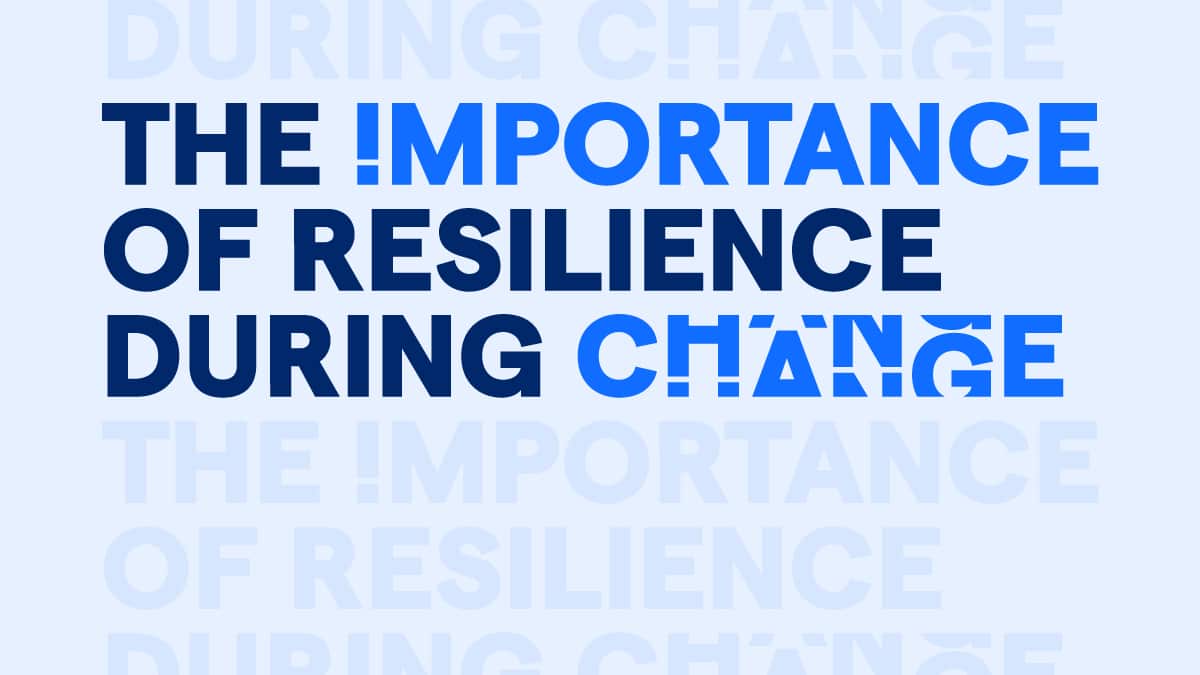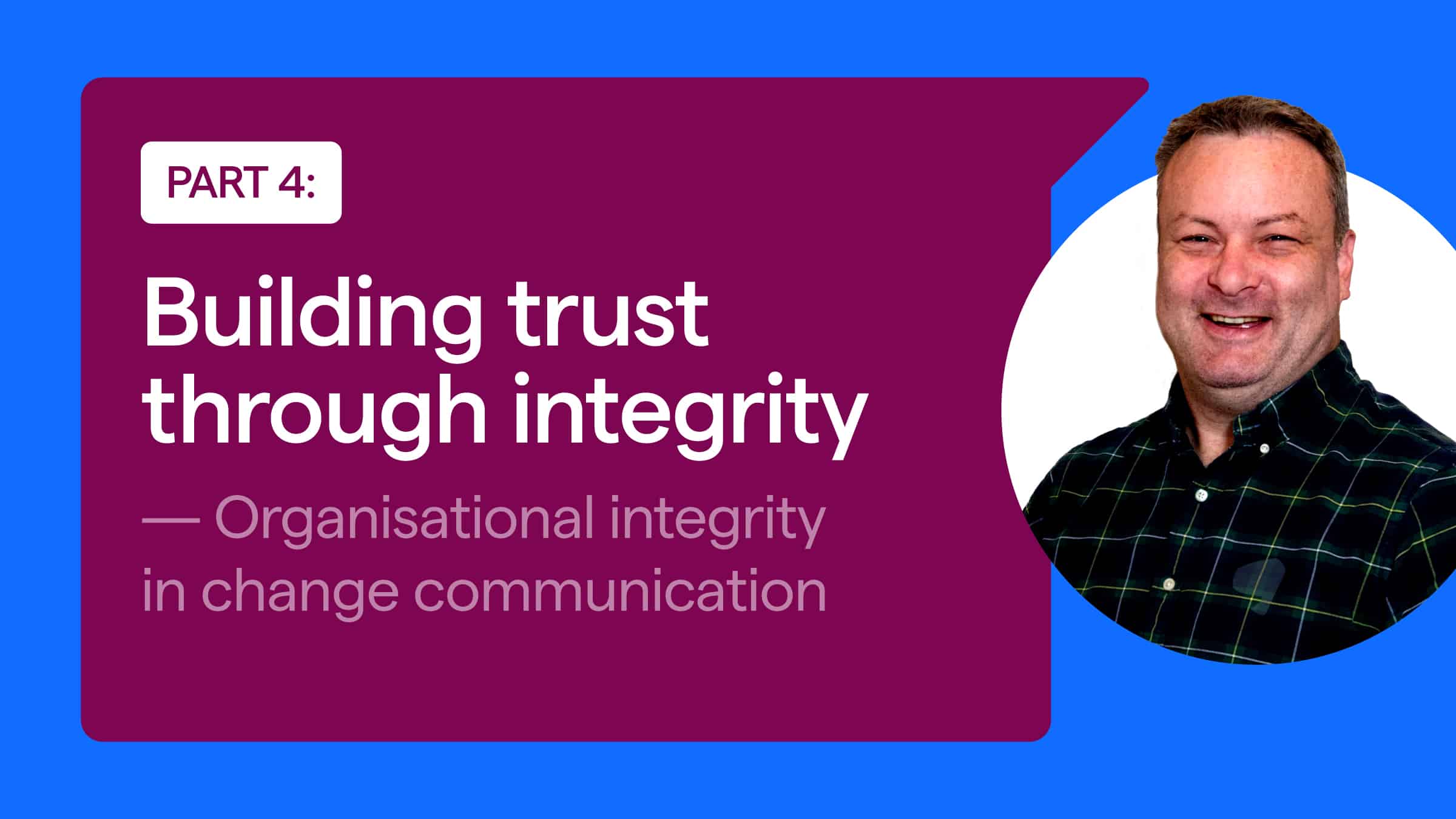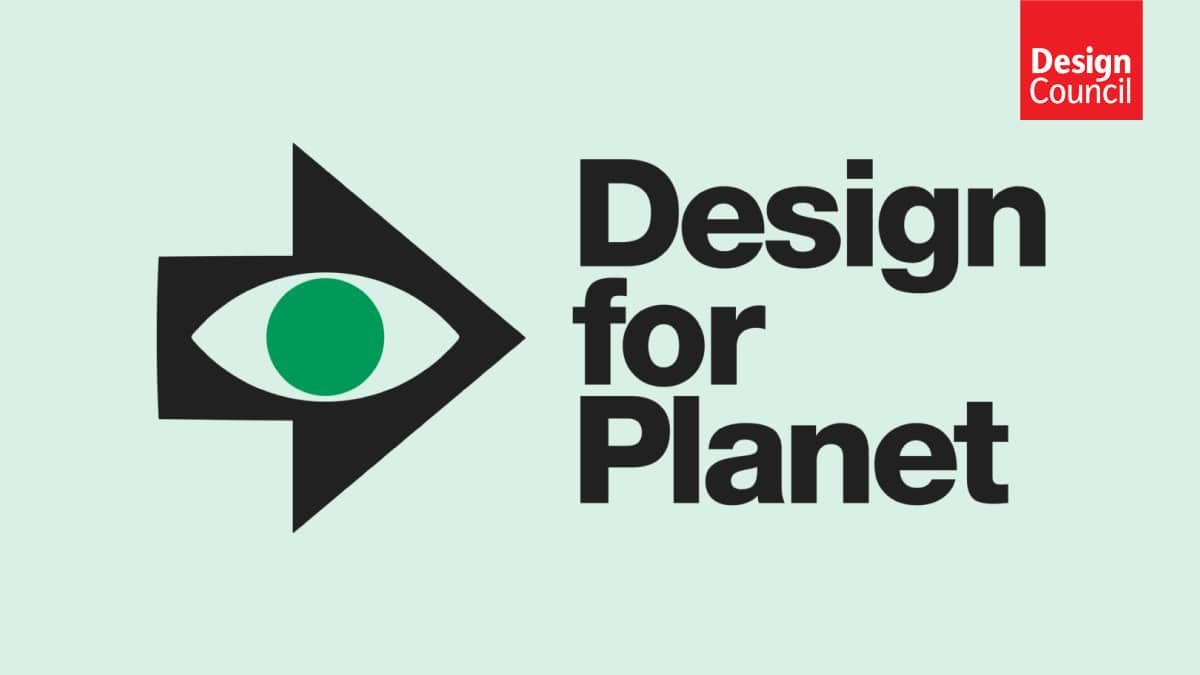Thinking about digital – getting started
7 min read Written by: Victoria Ford
It can often be too easy for us to think about digital within our silos, whether by sector or experience. But regardless of the sector, the services we deliver need to work for the people who use them.
We want our services to be seamless, using digital and technology to deliver enhancements and efficiency, particularly when those services cross organisational boundaries and sectors.
Whether it’s usability, access, convenience, skills or innovation – we need to be working together to share learning so that whatever service the user needs, be that from the private, public, financial or third sector – they have a similar experience, making carrying out their business as easy as it can be.
But regardless of sector, where do you start? This is a question we hear a lot.
It got us thinking about what we’ve seen in organisations doing digital well. I’ll give you a clue. It’s not about buying apps or introducing robots! (although they often do that too!). It’s about understanding where they’re at, what services they provide and what their users need. It’s about skills and capability and creating a culture of innovation. It’s thinking about how to deliver those services more efficiently and how to add value. It’s about understanding what they need to do to meet the needs of the people who use their services and how digital and technology can support that.
Getting started
So how do you get started? We’ve pulled together some of the first steps we think everyone should consider if they want to use digital to be more efficient and deliver better services.
Create a service catalogue – create a shared and documented understanding of the current services from a users point of view (for internal use only initially).
- Document the current services across all locations
- Group them into categories and hierarchies
- Describe each service as a verb
- Document user and outcomes of each service
- Document channels used for each service
Refine organisational priorities and services – agree and get everyone aligned on what the organisational strategy is and what service areas are priorities for the future.
- Review organisational strategy and align senior stakeholders around it
- Use your new service catalogue to identify how well each service fits with organisational priorities
- Decide on service areas worth investing in
- Decide on service areas that will be maintained without further investment or retired
Establish a service ownership model – getting the right owner for the service is important. You need to decide on the most effective service ownership model to drive service quality, reduce regional variations and establish clear evaluation criteria for each service.
- Use the service catalogue to review how service ownership currently works
- Decide what you need from a service owner, e.g., the ability to take a holistic view of a service across locations
- Review options for alternate ownership models and agree the best option
- Ensure each service has a meaningful way to evaluate its performance so that future improvements can be measured against
Develop your digital skills and capabilities – build the workforce you need now and in the future with a fresh look at digital skills.
- Understand the digital skills and capability your organisation needs
- Understand the digital skills and capability your organisation has
- Identify critical roles making sure you have the right people with the right skills in the right place to fill the gaps
- Develop a digital skills programme that meets your needs
Have a go! – Start creating a simple digital service that meets user needs allowing your organisation to experience working digitally.
- Identify a simple, but impactful, service
- Create a multi-disciplinary team
- Use agile methodology
- Work in the open
- Iterate and learn
These five steps will give you a starting point to start shifting the way you work. It will help you think about how you engage your teams, stakeholders, and users from the outset.
Getting support
You probably won’t have all the skills you need straight away (which is why it’s good to start with a simple service!). You will probably need external support, advice and handholding to get things going. This is ok; most people do. It’s how you conquer the learning curve in the quickest and most enjoyable way.
Working in partnership is core to what we do in Perago. We work alongside in-house teams to support them in their digital transformation and build in-house capability. Our approach is not just to do it for you, but to do it with you.
So get in touch if you think you need a helping hand to get started – with whatever project you have in mind.




